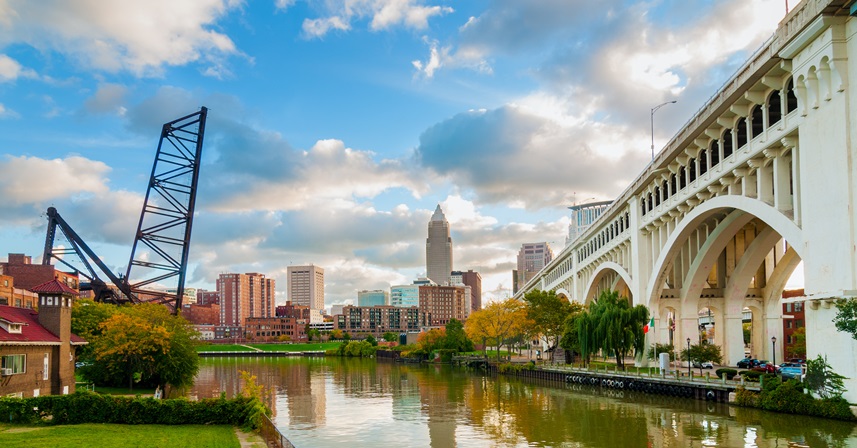Some people bristle at the “rust belt” moniker, but I kind of like it. Where others see ruin and decay, we see promise. I’m a rust belt guy.
To me, ‘rust belt’ represents a unique chunk of the world built with an abundant spirit and boundless determination for its industries, its cities, and its people. The industrial revolution of the early 20th century gave rise to unprecedented economic growth in what is now called the rust belt, resulting in many important creations, including that most American of all social experiments—the rise of a thriving middle class.
The word that always comes to mind when I describe the values and tenets of those who conceived of places like Detroit, Cleveland, and Chicago, is ambition. Ambition for learning, for evolution, for life, and for people.
You see this same desire in many small rust belt towns, too. What they created was a new way of living, imperfect in so many ways, but never short on goals and aspiration. It is apparent in civic structures, architecture, and design.
When I visit many of today’s high growth cities, I look for similar ambition in their DNA. I rarely find it. And I look really, really hard.
Fortunately for urban advocates, the latest wave of global human movement is decidedly urban. People are moving to cities and businesses are following them.
Failing to capitalize on the current urban momentum through cooperation, focus, and investment could halt the recent gains in their tracks.
Photo of Cleveland, Ohio via Adobe Stock.

